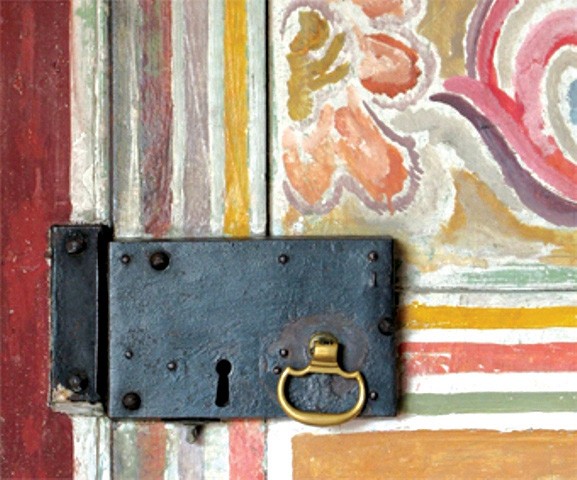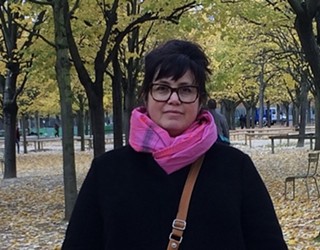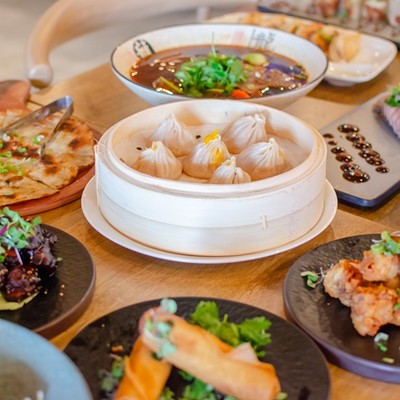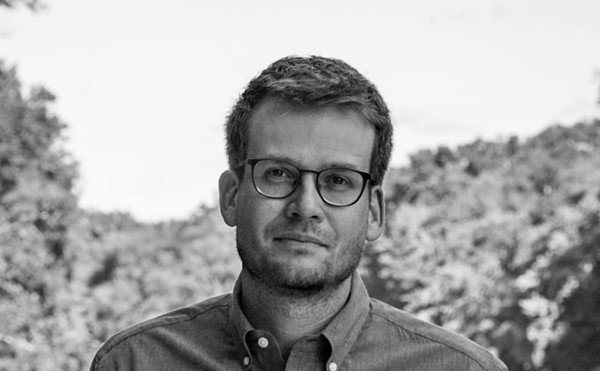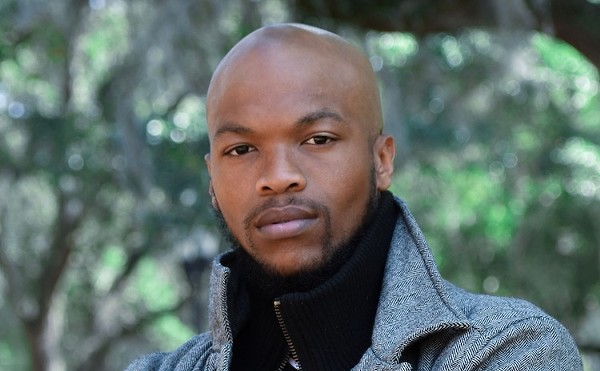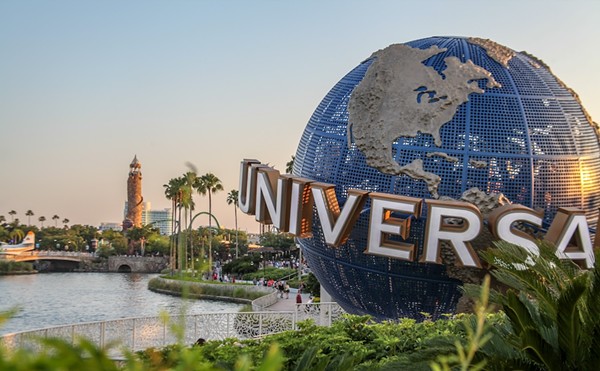“It will be an odd life, but … it ought to be a good one for painting.”
So wrote painter Vanessa Bell in 1916, as she and Duncan Grant set up housekeeping at a Sussex farm that would become the country seat of the Bloomsbury Group, the deeply intertwined set of writers and artists who’ve fascinated art lovers and Anglophiles for a century. Cornell Fine Arts Museum at Rollins College has a significant collection of Bloomsbury works, and to accompany this spring’s exhibition “British and Modern: Art by the Bloomsbury Group and Their Contemporaries,” they offer admission to a rare documentary about the 1980 restoration of Charleston Farmhouse and a lecture on Bloomsbury art collected on this side of the Atlantic.
In Charleston Farmhouse’s bohemian rhapsody of art-infused domesticity, no lines were drawn between serious art and mere decoration (nor between gay and straight; married and not; rich and poor; serious and silly). Every task was worthy of beauty; every object given consideration. As a result, the interior of the farmhouse is a riot of painted and sculpted detail – why buy wallpaper when you can simply paint a pattern by hand? – teeming with painted hand-thrown crockery, colorfully adorned furniture and hand-lettered doors.
The group left behind significant works of literature – Virginia Woolf, E.M. Forster, economist John Maynard Keynes and historian Lytton Strachey all spent writing holidays at the farm – whereas their painters are less well known, comprising a recognizable school but not an influential one. Their most worthy contribution was their assault on the barrier between art and craft. Much as Woolf’s fiction dissolved borders between the internal and the external into one unbroken stream of consciousness, so the proprietors of Charleston saw all of life as something to be celebrated and enriched visually; art leapt out of the frame to suffuse every corner.
Sadly, the next generation of the Bloomsbury Group – the children of the original clique – focused on retelling the stories of their parents, though their memoirs and portraits are valuable historical documents. Angelica Garnett, daughter of Vanessa Bell and Duncan Grant, narrates A Painter’s Paradise, a rarely shown film (i.e., not on Netflix) about the historical preservation of her childhood home, at 7 p.m. Friday; Saturday at noon, visual culture scholar Christopher Reed’s lecture “Only Collect!” touches on the impact of Bloomsbury’s painters on American art collecting. (Both events take place at CFAM, 1000 Holt Ave., Winter Park, 407-646-2000; rollins.edu/cfam)

